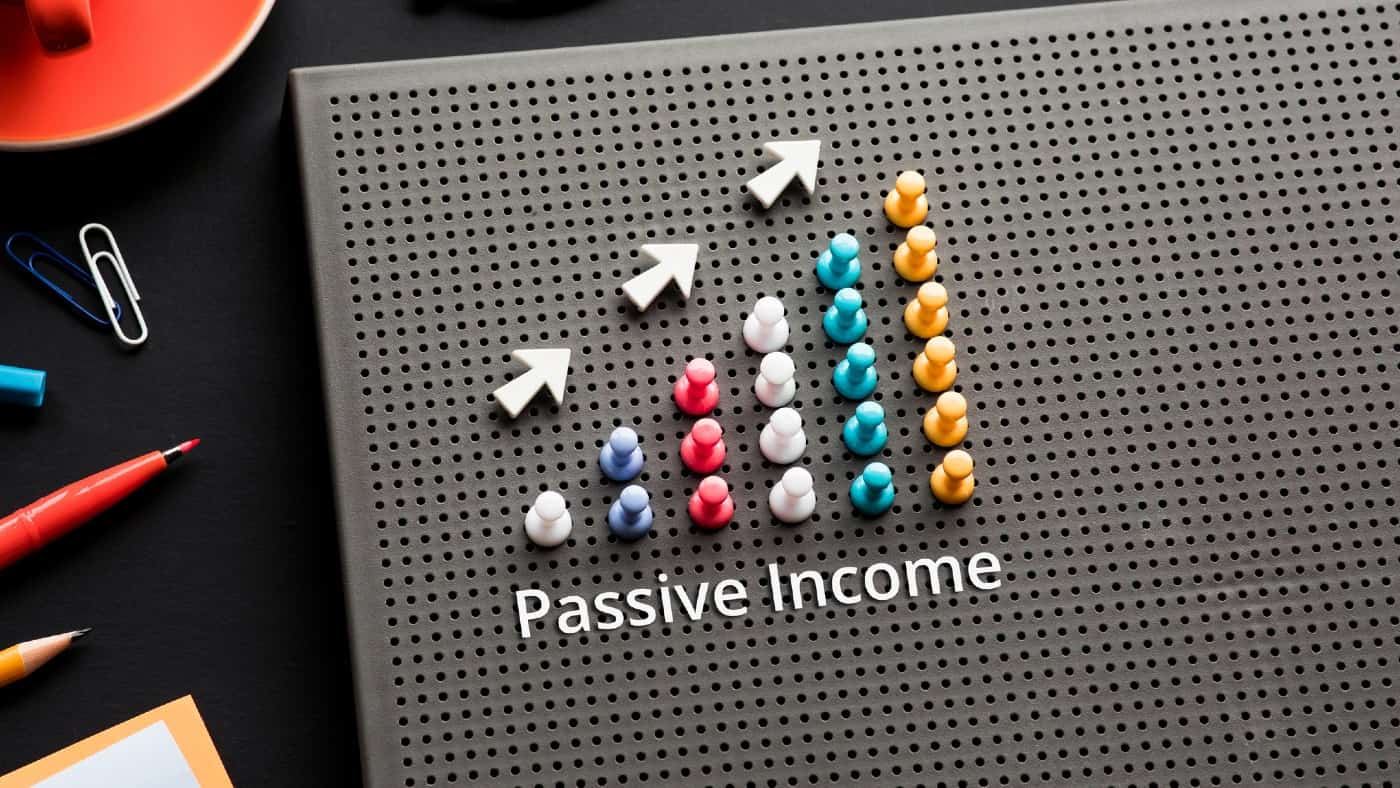FTSE insurer Aviva (LSE: AV) has long been a core holding in my portfolio of shares that pay high dividends.
After I turned 50, I significantly boosted the size of these high-yield investments, largely by selling growth stocks I owned.
The idea is to maximise the regular stream of dividend income, so I can continue to reduce my working commitments.
Of course, the yield from stocks changes as dividend payments and share prices move. Up until recently, Aviva consistently yielded over 7% — the minimum return I require from my high-yield stocks.
But it’s now slightly under that. So I’m wondering how much I’d need to invest right now to make me an additional £500 a month in dividend income.
Dividend compounding is key
‘Dividend compounding’ is the same principle as compound interest in bank accounts, but rather than interest being reinvested, dividend payments are.
However, the difference in returns between withdrawing dividends paid each year or reinvesting them is huge.
For example, Aviva’s 2023 dividend was 33.4p a share. With no reinvested dividends, I would have to buy 17,964 shares to generate £6,000 a year in dividends, or £500 a month.
This would cost me £88,203 at the current £4.91 price. That’s a lot of proverbial eggs to put in one basket from a risk perspective.
And there are risks in the company, as in all stocks. One for Aviva is a new global financial crisis. Another is a resurgence in inflation in its core markets of the UK, US, and Canada. This would increase the cost of living, which might deter new customers and cause existing ones to cancel policies.
However, if I reinvested the dividends paid me – averaging 6.8% – I could achieve this with a lot less upfront.
So, 4,073 shares now – costing £20,000 – would give me a total investment pot building to £95,137 after 23 years. This would generate £6,237 in dividend payments a year, or £520 a month.
Starting from nothing
Astonishingly perhaps, this could also be done from a starting point of £0 and in a slightly shorter time.
Investing just £5 a day – £150 a month (30 shares) — would give me £500 a month in passive income after 22 years.
This is provided the yield averaged 6.8%. After 30 years on the same proviso, I’d have £176,932, paying me £11,545 a year, or £962 a month!
Is a high yield sustainable?
Many UK financial firms have made paying high dividends a key part of their strategy to support their share prices. This followed the broad markdown of these stocks after the 2016 Brexit decision, justified or not.
Strong share prices deter hostile takeover bids from companies using higher-value shares as collateral. They also bolster a company’s ability to raise capital for expansion.
Aviva’s 2023 results were positive for ongoing high dividends. They showed a 9% rise in operating profits to £1.47bn, from £1.35bn in 2022.
There was also an 8% increase in Solvency II operating capital generation to £1.46bn, from £1.35bn in 2022.
This provides a further safeguard against hostile takeovers and can also be a powerful engine for growth.
Consequently, I’m happy to hold on to my shares in Aviva on my expectations of strong growth and high dividends in the future.








